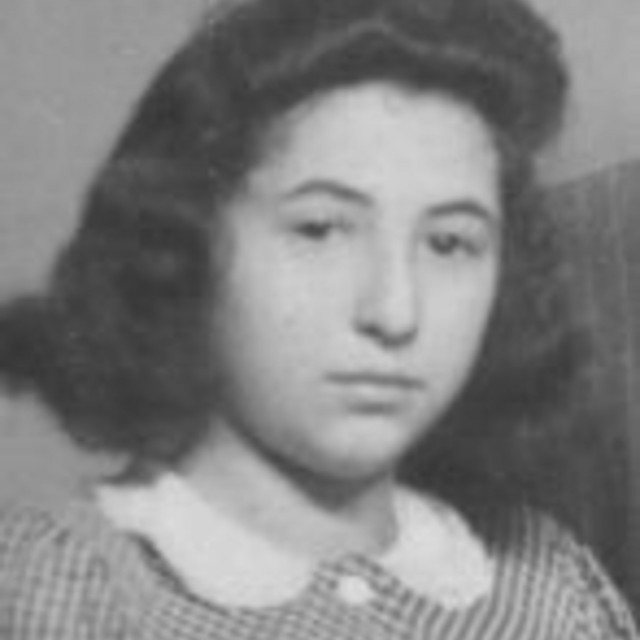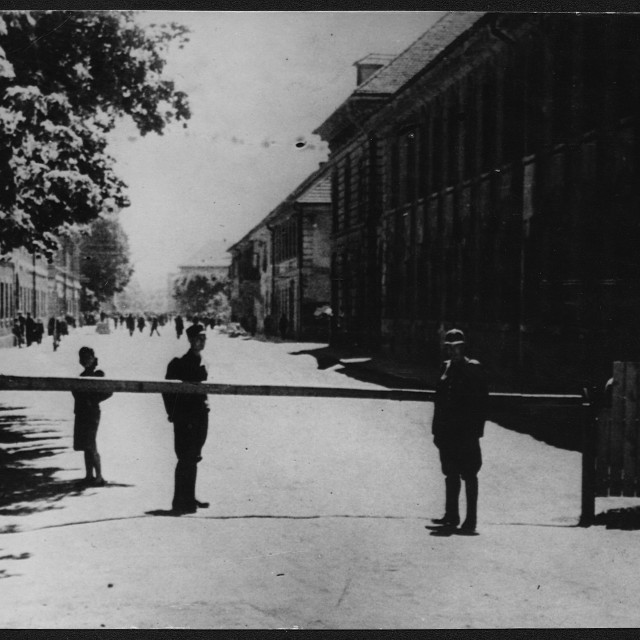Until today I can smell the stinky mouldy millet grains
When Marta Kottová in hindsight compares the conditions in various camps she went through during the Second World War, the one that comes out best, is the first one she experienced --Terezín. She recalled: “Whenever children at schools are asking me about hunger and what we got to eat, I always ask: ‘And which place do you have in mind?’ Because there were great differences. In Terezín we received a ration of three quarters of bread to last us three days. A song was sung on this topic. ‘For three days you receive three quarters of bread, it will last a day or maybe two.’ It meant 250 grams of bread per day. In addition to that we had lunch every day. Even though it consisted of half-rotten potatoes in their skins, that didn't matter, at least we got something. We got two or three potatoes. A bit of some kind of thickened soup. Nowadays whenever I hear, that my granddaughter is preparing millet grains, I can smell the stinky mouldy millet grains from which they made us soup. My mother used to tell me that millet grains smelled pleasantly. I can’t imagine that. But that is what we got. In the evening we had those 250 grams of bread per day. And sometimes we were also allowed to receive parcels. Whenever someone got a parcel, they didn't keep it to themselves but shared it with the people from the room they were staying in. So that is what food was like in Terezín.” Apparently Auschwitz represented the greatest difference compared to Terezín: “In Auschwitz, I never saw even a slice of bread, ever. And in Mährensdorf, that was the last camp I stayed at, I worked for 14 hours a day, it was very, very tough work in a factory, there we received 70 grams of bread per 24 hours. It was no coincidence Terezín was called ‘Spa Terezín.' Compared to all the other camps it really was a spa.” It is necessary to add to Mrs. Kottová’s testimony that the children in Terezín received better treatment than the rest of the inhabitants. Thousands of old and ill people died of hunger there.
Hodnocení
Hodnotilo 0 lidí
Trasy
Příběh není součastí žádné trasy.
Komentáře
Žádné komentáře k příběhu.









